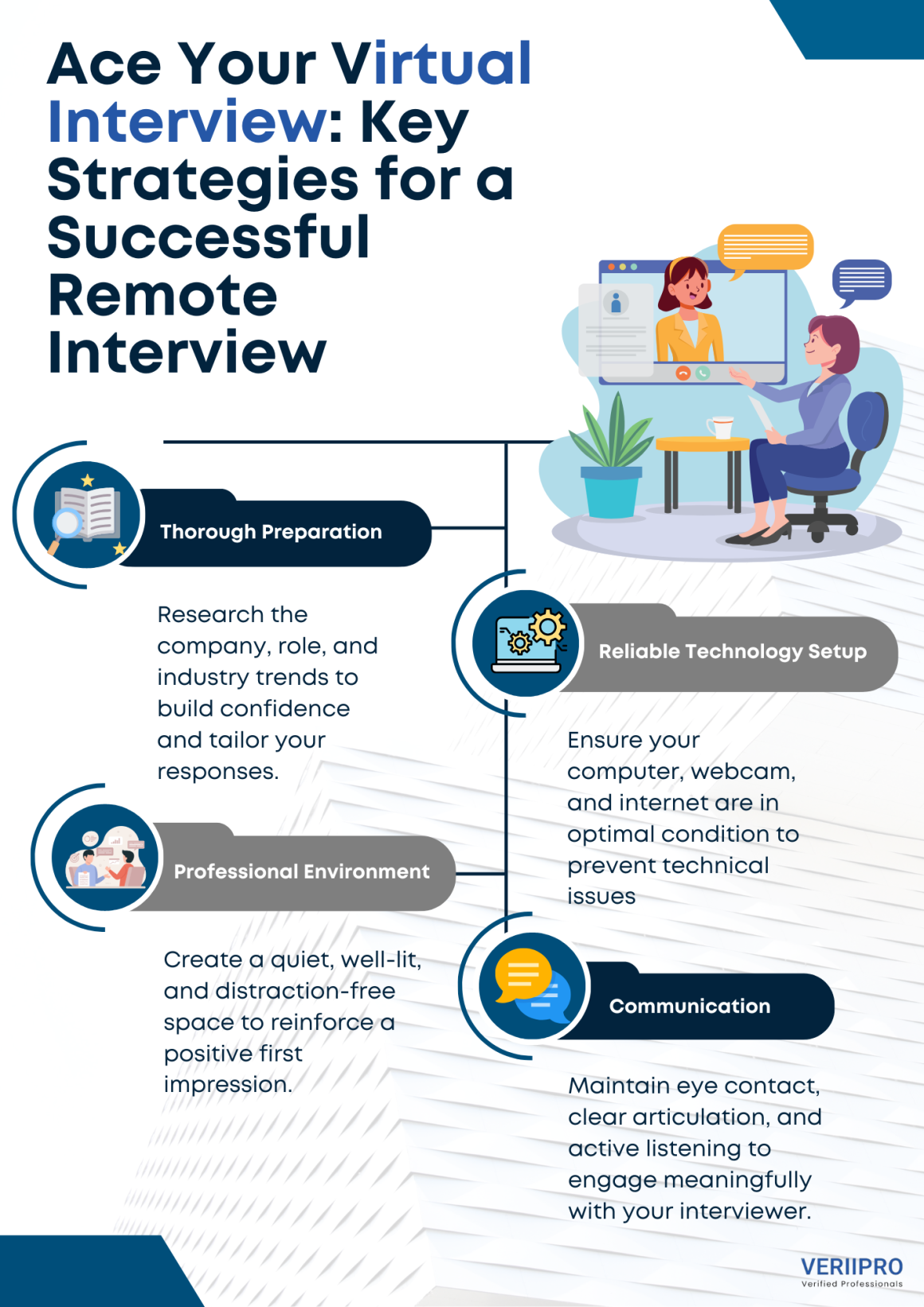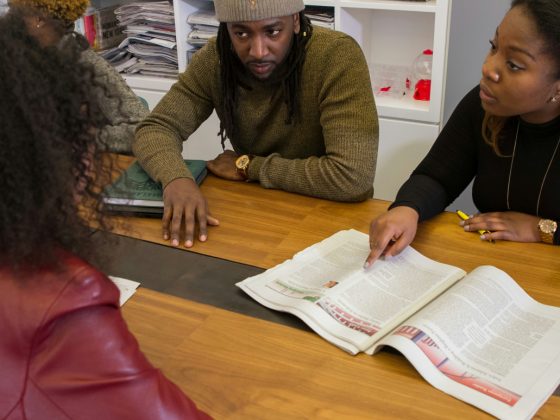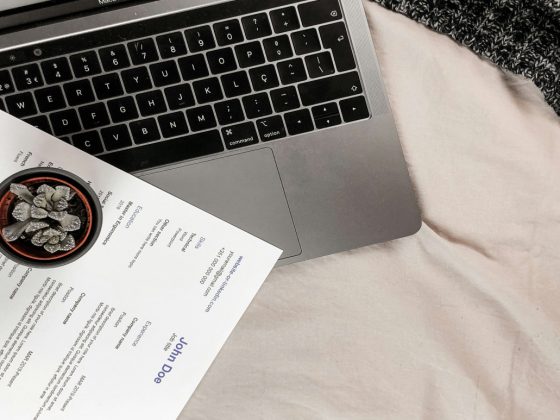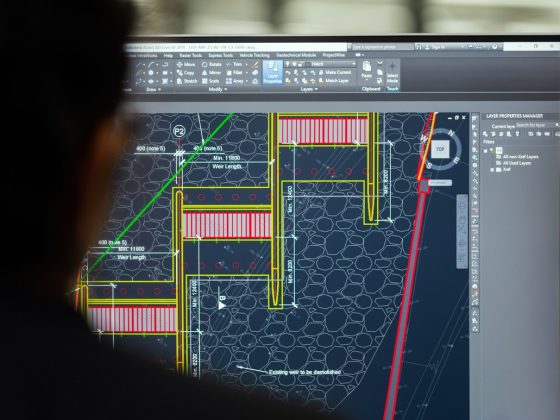Ace Your Virtual Interview: Key Strategies for a Successful Remote Interview
In today’s competitive job market, virtual interviews have become a cornerstone of the hiring process. As companies increasingly rely on digital platforms, mastering the art of a virtual interview is essential. This article outlines best practices to help you present yourself confidently and professionally online, ensuring that you stand out from the crowd.

Preparing for Your Virtual Interview
Before stepping in front of your computer, thorough preparation is crucial. Start by researching the company and understanding the role you’re applying for. According to a recent study by Harvard Business Review, candidates who are well-prepared are 30% more likely to succeed in interviews. Delve into the company’s culture, recent achievements, and any industry trends that might impact the role. This knowledge will not only boost your confidence but also allow you to engage more deeply with your interviewers.
Creating a list of potential questions—both common and role-specific—is another effective strategy. Practice your responses out loud or with a friend. This rehearsal can help reduce anxiety and ensure that your answers are clear and concise when it matters most.
Optimizing Your Technology Setup
A seamless technology setup is fundamental for a virtual interview. Ensure your computer, webcam, and microphone are functioning properly well in advance of the interview. It’s advisable to conduct a test call with a friend or family member to check for any technical issues.
Invest in a reliable internet connection. A stable connection minimizes disruptions, ensuring you remain focused on the conversation. Additionally, familiarize yourself with the video conferencing platform the interviewer will use. Platforms like Zoom, Microsoft Teams, or Google Meet each have unique features, so knowing these in advance can prevent any last-minute confusion.
Creating a Professional Environment
Your interview environment plays a significant role in how you are perceived. Choose a quiet, well-lit space with a neutral background that minimizes distractions. If possible, use a dedicated room or area that reinforces a professional atmosphere.
Lighting is key: natural light is ideal, but if unavailable, invest in a soft light source that evenly illuminates your face. Also, make sure your background is tidy and free from clutter. A clean space reflects your attention to detail and professionalism, attributes highly valued in any candidate.
Mastering Virtual Communication
Virtual communication extends beyond verbal responses. Body language, eye contact, and facial expressions remain important, even through a screen. Position your webcam at eye level to create a natural line of sight, and practice maintaining eye contact by occasionally looking directly into the camera.
Clear communication is paramount. Speak at a moderate pace and enunciate your words to avoid misinterpretation. It’s also important to listen carefully—virtual interviews may have slight delays, so ensure you give the interviewer space to finish their thoughts before responding.
Incorporate pauses to collect your thoughts and avoid filler words. This deliberate pacing not only improves clarity but also demonstrates confidence and self-assurance. According to Forbes, effective communication during virtual interviews is one of the key differentiators between successful and less successful candidates.
Managing Common Challenges
Virtual interviews can present unique challenges. One common issue is the feeling of disconnection due to the digital medium. To overcome this, engage with your interviewer by asking thoughtful questions and actively nodding to show your engagement. Additionally, have a backup plan in case technical difficulties arise—keep your phone nearby and the interviewer’s contact information at hand.
Practice mindfulness techniques before your interview to reduce stress and remain composed. Deep breathing exercises or a brief walk can help center your thoughts, enabling you to perform at your best when the interview begins.
Following Up Effectively
Post-interview etiquette remains as important in the virtual realm as it is in person. After your interview, send a thoughtful thank-you email that reiterates your interest in the role and reflects on a key moment from the discussion. This follow-up not only demonstrates your enthusiasm but also helps reinforce a positive impression.
Be prompt with your thank-you note—ideally within 24 hours of your interview. A well-crafted email can differentiate you from other candidates and keep you top-of-mind for hiring managers.
Continuous Improvement for Future Success
Each interview, whether successful or not, provides valuable insights. Take the time to reflect on your performance and identify areas for improvement. Consider asking for feedback from trusted peers or mentors. By continuously refining your approach, you’ll be better equipped to tackle future interviews and further enhance your professional skills.
Embrace the learning curve that comes with adapting to virtual interviews. Over time, the process will feel more natural, and your confidence will grow, positioning you as a formidable candidate in the digital age.
Closing Thoughts
Virtual interviews represent a significant shift in how we approach job opportunities. With the right preparation, technology setup, and communication strategies, you can excel in this digital format. Remember, the goal is not just to answer questions but to connect with your interviewer, convey your strengths, and leave a lasting impression.
Looking for opportunities in career advancement? VeriiPro is here to help!










